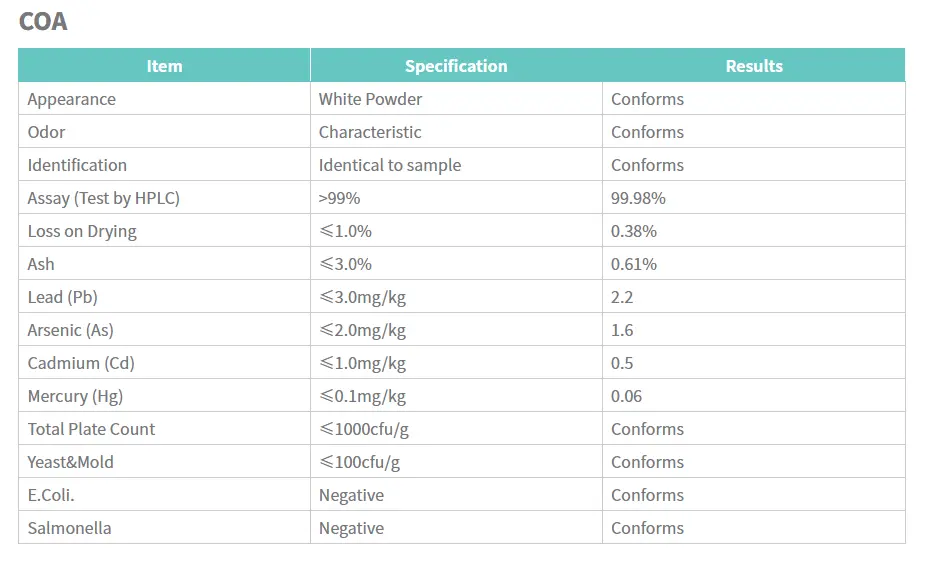
What are the potential side effects of using monobenzone for skin lightening?
Whereas monobenzone can be viable for skin helping, it's fundamental to get it the potential side impacts related with its utilize. The essential component of activity for monobenzone is to forever crush melanocytes, the cells mindful for creating melanin, which gives skin its color. This irreversible prepare can lead to a few side impacts and concerns:
- Uneven skin tone: One of the most common side impacts of monobenzone utilize is the improvement of an uneven skin tone. Since the item devastates melanocytes, it can make patches of lighter skin that may not mix well with encompassing regions. This impact can be especially recognizable if the item is not connected equitably or if it's utilized on as it were certain parts of the body.
- Increased sun affectability: As monobenzone decreases the skin's characteristic assurance against UV radiation, clients may encounter expanded affectability to daylight. This increased affectability can lead to sunburns, quickened skin maturing, and an expanded hazard of skin cancer if appropriate sun security measures are not taken.
- Skin disturbance: A few people may encounter skin bothering, redness, or tingling when utilizing monobenzone. These responses can be gentle to extreme and may require cessation of the product.
- Permanent depigmentation: It's vital to get it that the impacts of Monobenzone powder are regularly lasting. Once melanocytes are crushed, they do not recover. This implies that any helping impacts accomplished through monobenzone utilize are likely to be long-lasting or permanent.
- Spread of depigmentation: In a few cases, the depigmentation caused by monobenzone can spread to regions of skin that were not straightforwardly treated.
This wonder, known as "radiance depigmentation," can result in bigger zones of helped skin than at first intended. Given these potential side impacts, it's pivotal for people considering monobenzone for skin helping to counsel with a dermatologist or healthcare proficient some time recently utilize. They can give direction on whether monobenzone is fitting for your skin sort and condition, as well as suggest more secure choices if essential.
How does monobenzone compare to other skin lightening agents?
Monobenzone is just one of many skin lightening agents available on the market. To understand its place in the world of skin lightening, it's helpful to compare it to other common agents:
- Hydroquinone: Often considered the gold standard in skin lightening, hydroquinone works by inhibiting the production of melanin. Unlike monobenzone, its effects are generally reversible once use is discontinued. However, long-term use of hydroquinone has been associated with ochronosis, a condition that causes blue-black pigmentation.
- Kojic Acid: This natural compound derived from fungi is a popular alternative to hydroquinone. It works by inhibiting tyrosinase, an enzyme crucial for melanin production. Kojic acid is generally considered safer than monobenzone but may be less effective for significant lightening.
- Vitamin C: This antioxidant can help brighten skin and reduce the appearance of dark spots. It's considered one of the safest skin lightening agents but may require consistent, long-term use for noticeable results.
- Arbutin: A natural derivative of hydroquinone, arbutin is often marketed as a gentler alternative. It works similarly to hydroquinone but with a lower risk of side effects.
- Azelaic Acid: This compound has both anti-inflammatory and skin-lightening properties. It's often used to treat acne and rosacea but can also help with hyperpigmentation.
Compared to these alternatives, Monobenzone powder stands out for its permanent effects and its ability to achieve significant lightening. However, this comes at the cost of increased risk and potential side effects. While other agents may work more slowly or provide less dramatic results, they generally offer a safer profile for long-term use.
It's worth noting that many dermatologists recommend a combination approach, using multiple skin lightening agents in conjunction with proper sun protection for optimal results. This strategy can often achieve desired outcomes with lower concentrations of active ingredients, potentially reducing the risk of side effects.
Can monobenzone be used safely under professional supervision?
While monobenzone carries significant risks when used improperly, there are scenarios where it can be used safely under professional supervision. Here's what you need to know about the professional use of monobenzone:
- Prescription Use: In many countries, monobenzone is available only by prescription. This restriction ensures that a healthcare professional assesses the patient's suitability for the treatment before it's used.
- Medical Applications: Monobenzone is primarily prescribed for treating vitiligo, particularly in cases where large areas of the body are affected. In these situations, the goal is often to depigment the remaining pigmented skin to achieve a more uniform appearance.
- Controlled Application: When used under professional supervision, monobenzone is typically applied in a controlled manner. This may involve careful measurement of the dosage, specific instructions for application, and regular follow-up appointments to monitor progress and potential side effects.
- Combination Therapy: In some cases, dermatologists may recommend using Monobenzone powder as part of a combination therapy. This could involve alternating monobenzone with other lightening agents or using it in conjunction with treatments like phototherapy.
- Patient Education: A crucial part of professional supervision is patient education. Dermatologists will inform patients about the permanent nature of monobenzone's effects, the importance of sun protection, and what to expect during and after treatment.
- Monitoring for Side Effects: Regular check-ups allow healthcare providers to monitor for any adverse reactions or unexpected spread of depigmentation. If issues arise, the treatment plan can be adjusted accordingly.
- Customized Treatment Plans: Professional supervision allows for the development of customized treatment plans. Factors such as skin type, the extent of the area to be treated, and the patient's overall health are taken into account when determining the appropriate use of monobenzone.
It's important to emphasize that even under professional supervision, the use of monobenzone for general skin lightening (as opposed to treating specific conditions like vitiligo) is controversial. Many dermatologists advise against using such a potent and permanent treatment for cosmetic purposes, particularly given the availability of safer alternatives.
If you're considering monobenzone for any reason, it's crucial to have an in-depth discussion with a board-certified dermatologist. They can provide a comprehensive assessment of your skin, discuss your goals, and recommend the most appropriate and safest treatment options for your individual case.
Conclusion
In conclusion, while Monobenzone powder can be an effective skin lightening agent, its use comes with significant risks and should not be undertaken lightly. The permanent nature of its effects, potential for side effects, and the availability of safer alternatives make it a controversial choice for general skin lightening. If you're concerned about skin pigmentation issues, it's always best to consult with a dermatologist who can provide personalized advice and treatment options tailored to your specific needs and skin type.
If you are also interested in this product and want to know more product details, or want to know about other related products, please feel free to contact lea_slsbio@163.com,WhatsApp+86 13193326505.

References
1. Bala, H. R., Lee, S., Wong, C., Pandya, A. G., & Rodrigues, M. (2018). Treatments for skin of color: An update and review. American Journal of Clinical Dermatology, 19(5), 639-658.
2. Grimes, P. E. (2009). Management of hyperpigmentation in darker racial ethnic groups. Seminars in Cutaneous Medicine and Surgery, 28(2), 77-85.
3. Jimbow, K. (1998). Vitiligo. Therapeutic advances. Clinics in Dermatology, 16(3), 399-407.
4. Kanechorn-Na-Ayuthaya, P., Niumphradit, N., Aunhachoke, K., & Nakakes, A. (2012). Topical 4-hydroxyanisole and all-trans retinoic acid equally induce cutaneous depigmentation in mice. Journal of the Medical Association of Thailand, 95(11), 1432-1437.
5. Lerner, A. B., & Nordlund, J. J. (1977). Vitiligo. What is it? Is it important? JAMA, 238(12), 1298-1299.
6. Nordlund, J. J., & Lerner, A. B. (1982). Vitiligo. It is important. Archives of Dermatology, 118(1), 5-8.

